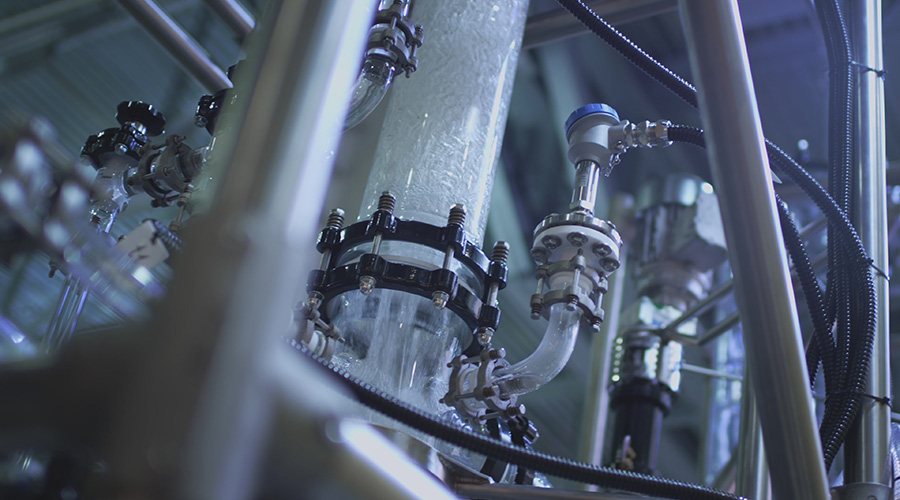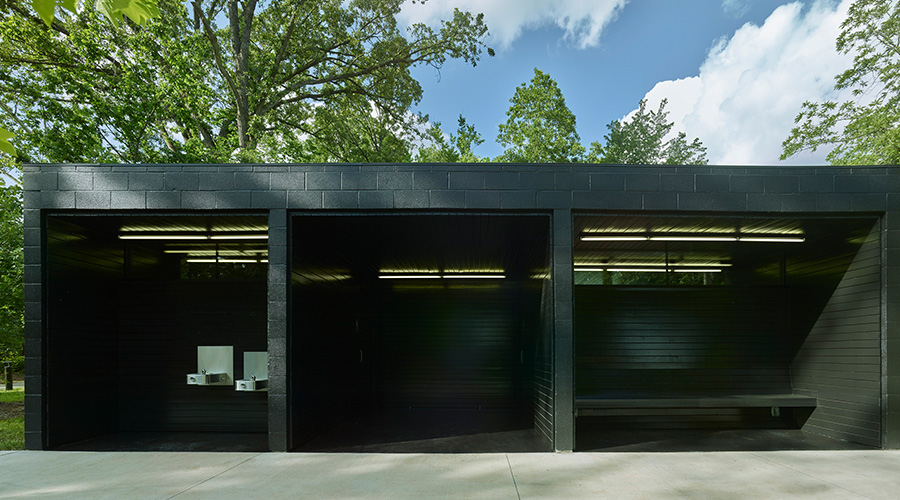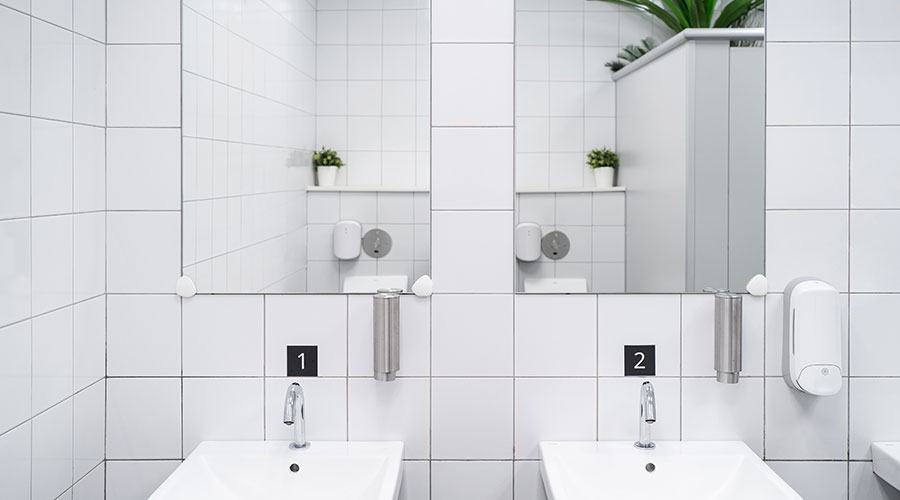Drain Cleaning Safety Considerations
Taking safety precautions is a high-priority component of preparing for drain cleaning. Technician training in proper equipment inspection, preparation, and use is the most important safety consideration.
Managers should consider a series of safety issues that also ensure more productive use. For example, to prevent electric shock, powered equipment must have a ground-fault circuit interrupter to shut it down if current leakage, such as a cut power cord, occurs. The operation and maintenance manual also should be available, and operators should read it carefully before operating the equipment.
Technicians also should wear personal protective equipment at all times. This equipment includes: goggles to protect the eyes from splatter, chemicals and debris; leather gloves, not cotton, which can catch in the cable as it is fed into the drain; and shoes with good grip on wet and slippery surfaces.
When using chemicals or high-pressure jets, operators should wear full face masks and waterproof gloves, jackets, pants and shoes to protect against toxic or corrosive substances that can back up and become airborne under pressure.
Operators also should check for good ventilation before starting the cleaning job. Many drains, especially old ones, have some of the worst bacteria and other toxic substances found anywhere because all the debris, cleaners, pipe buildup, corrosion and germs have multiplied.
Equipment safety checks for powered equipment such as augers should include inspection for loose connections, cut insulation and dirty contacts. Any of these problems can start a fire or cause an explosion in a volatile atmosphere.
Proper safety also involves cleanup after the job is finished. Operators should thoroughly and completely clean and sanitize all areas affected, including floors, walls, equipment and fixtures surrounding the work area.
Related Topics:














